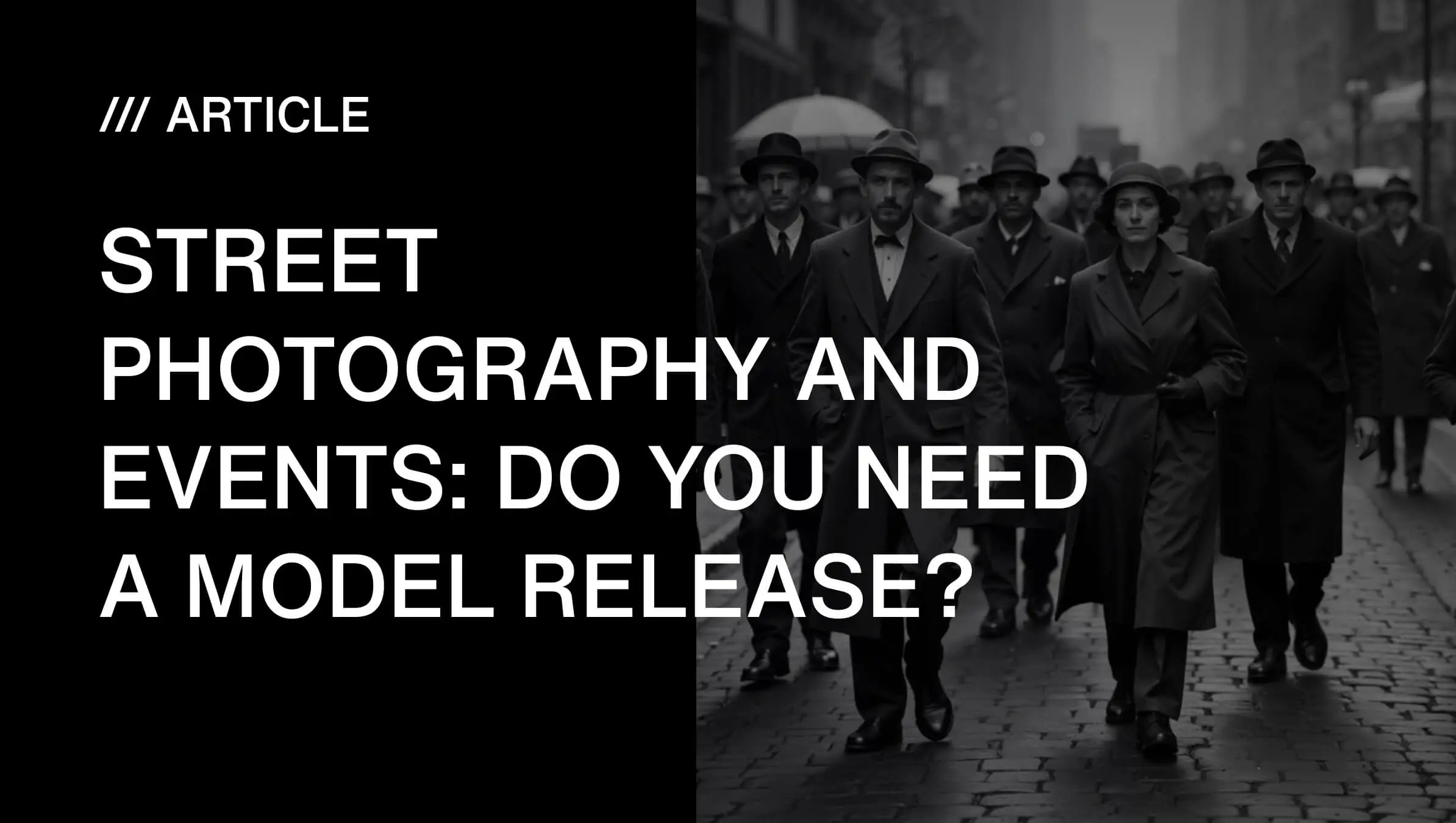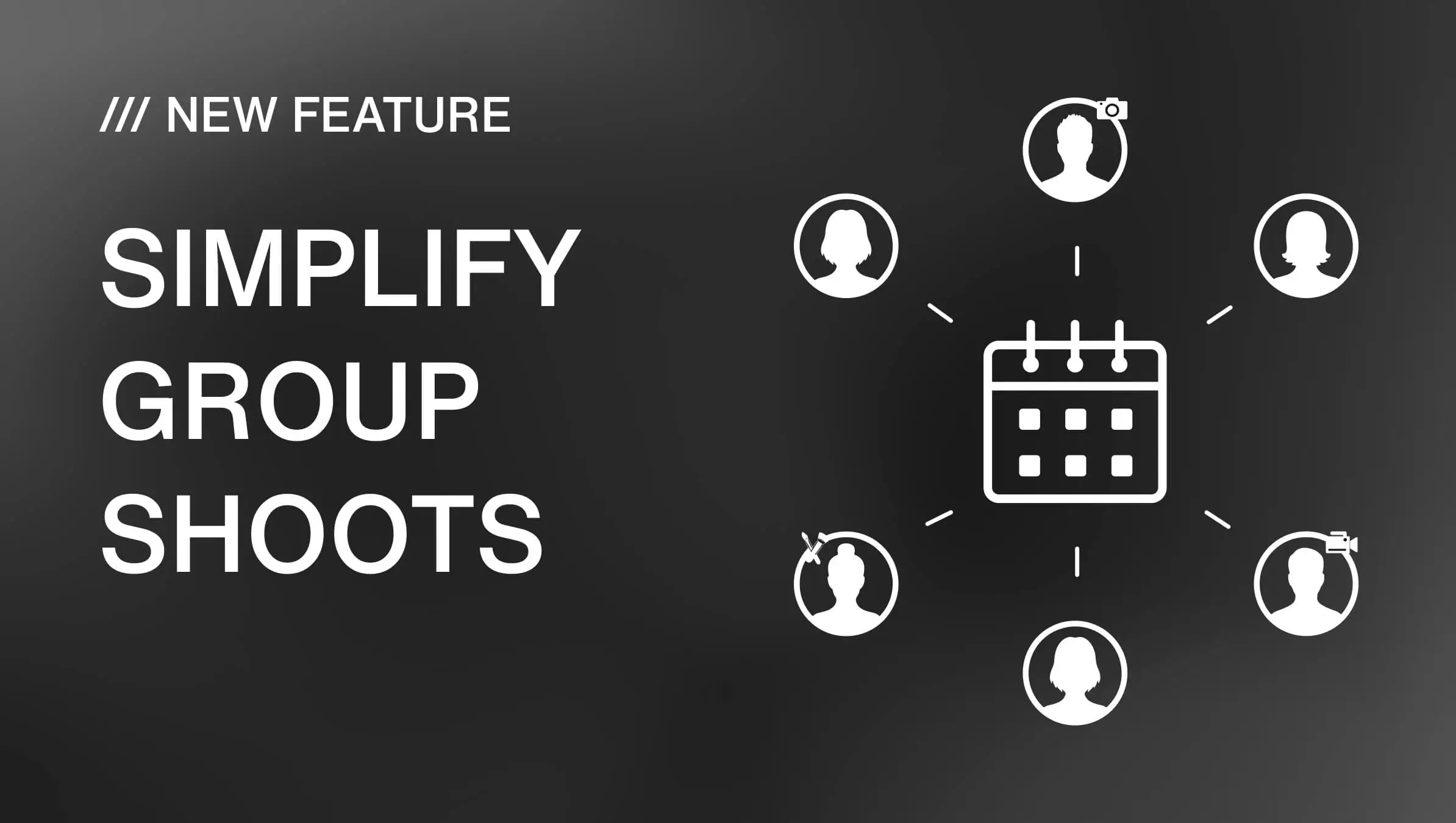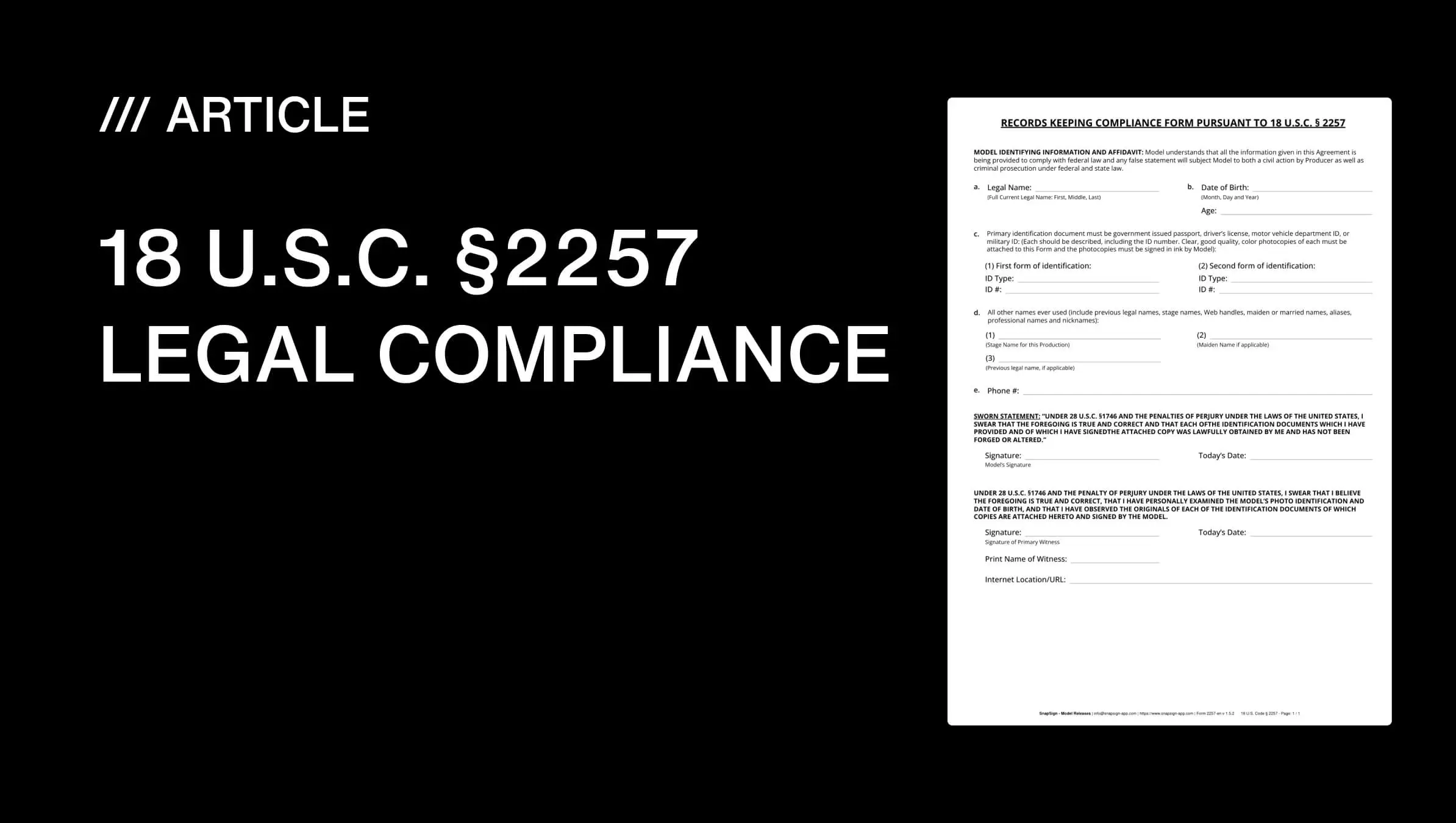Street Photography, Events, and the Model Release Dilemma: What You Really Need to Know
I’ll be honest with you - I love street photography. There’s nothing like catching that split-second where life just unfolds in front of your lens: a kid chasing pigeons, an old bloke grinning at his chessboard, or a busker absolutely tearing up the guitar on a rainy corner. But here’s the rub: the second you hit that shutter, you might’ve just walked into a legal headache. I learned that the hard way when someone barked at me, “Mate, delete that photo!” and I realised, wow, this stuff isn’t just about creativity - it’s about rights.
That’s where model releases come into the picture. Some photographers swear by them, others never carry one, but trust me - the grey areas here are about as clear as a foggy morning in London.
What is a Model Release?
The Basics of a Model Release
At its core, a release is just a fancy way of saying permission granted. It’s a doc where the person you shot says, “Yeah, no worries, use my face for this project.” It’s not complicated - it can be paper or digital - but it can save your hide when lawyers start circling. A photo consent form is essentially your shield against future disputes.
Why Photographers Use Them
Here’s a quick story. I once had a portrait picked up for a travel magazine ad. Gorgeous spread, looked amazing. Only reason I slept well? I had the subject’s release tucked away. Without that, I could’ve been slapped with a lawsuit faster than you can say “wide-angle lens.” Releases aren’t sexy, but they’re like filters on your favourite glass - you might not need one every time, but when you do, you’ll be glad it’s there.
Street Photography: Where Things Get Complicated
Public vs. Private Spaces
Snapping shots on the street? Usually fair play. That’s public domain, and most laws treat it as such. But take the same photo inside a mall, café, or someone’s office block? Different ballgame entirely. I once got booted out of a café in Berlin for photographing the barista’s tattoos - turns out the manager wasn’t thrilled. Point is: public is generally safe, private is touchy.
Editorial vs. Commercial Use
I’ve got this rule burned into my brain: Editorial = often okay. Commercial = always paperwork.
- • Editorial = newspapers, blogs, galleries.
- • Commercial = ads, stock photos, campaigns.
If money’s changing hands, don’t gamble - get that signature.
Cultural and Regional Differences
Now, here’s where it gets spicy. In the U.S., free expression carries a lot of weight. In Europe, privacy laws lean much heavier (see GDPR guidelines). Local culture often sets the tone, so keep your antenna up.
Events and Large Gatherings
The Challenge of Crowds
Ever tried getting a release from every sweaty fan at a rock gig? Impossible. That’s why:
- • Wide crowd shots = usually safe.
- • Zoomed-in identifiable faces = risky.
Consent in Ticketed Events
Here’s a little trick: check the fine print. A lot of event tickets sneak in a clause like, “By attending, you agree to be photographed or filmed.” That’s basically the organisers covering their bases, and by extension, yours. Still, don’t just assume - if you’re the hired shooter, ask to see the terms in writing.
VIPs, Speakers, and Performers
- • Performers/speakers = contracts usually handle releases.
- • VIPs/casual guests = not always covered.
- • Candid bar shots? That’s where the gray zone kicks in.
The Legal Gray Zones Explained
Freedom of Expression vs. Right to Privacy
This is where photographers and subjects clash all the time. On one side: “I’m documenting life as it happens.” On the other: “Hey, that’s my face, not your billboard.” The balance shifts by country, and sometimes even by judge.
When Verbal Consent Isn’t Enough
- • Verbal consent = nice in the moment.
- • Written consent = counts in court.
Without paperwork, your “yes” can vanish overnight.
Minors and Vulnerable Subjects
Kids are a minefield. You must have a parent or guardian sign for them - no shortcuts. Same goes for the elderly or vulnerable folks. I once stopped myself from publishing a portrait of a homeless man in Melbourne - not because I couldn’t legally, but because it didn’t sit right. Sometimes, respect trumps rights.
Useful Advice for Photographers
- • Carry simple release forms → Old school but reliable.
- • Use digital release apps → SnapSign is my go-to; faster and less awkward.
- • Build trust with subjects → Smile, explain, show the back of your camera.
These small moves keep your work legal and your relationships positive.
Famous Legal Cases and Precedents
Lessons from Court Rulings
Plenty of shooters have ended up in court. Even winners lost months of time and big money. Prevention beats legal battles - always.
How Precedents Vary by Country
- • New York law ≠ Paris law.
- • GDPR in Europe changes everything.
- • Always check local regs before publishing.
For deeper insight, see ASMP’s model release guidelines.
Protecting Yourself and Your Work
- • Insurance and liability coverage → like a spare SD card, you hope you never need it, but it saves your neck when things go wrong.
- • Work with lawyers/agencies → agencies demand airtight paperwork. A model release template drafted by a lawyer is worth the money.
Ethical Considerations Beyond the Law
- • Respect cultural sensitivities → Legal ≠ respectful. Tokyo street shots might be frowned upon, same in small Aussie towns.
- • Balance art and respect → One mentor told me: “Just because you can take a shot doesn’t mean you should.” That stuck.
Conclusion
Street and event photography will always live in a grey area. Sometimes it’s crystal clear, other times murky as a puddle after a storm. Releases aren’t just legal shields - they’re trust builders. Ultimately, your standing as a photographer holds more value than any individual shot.





